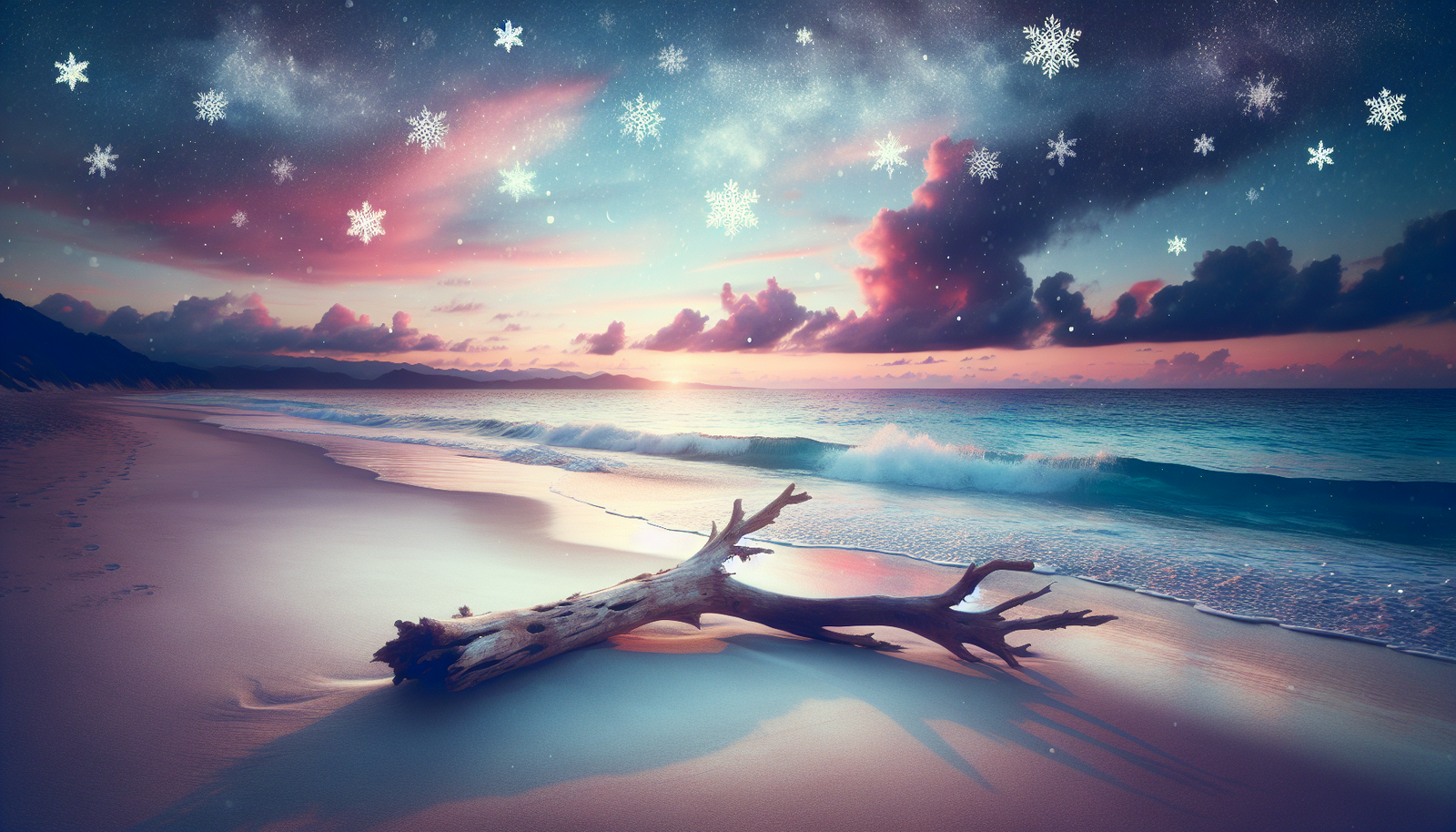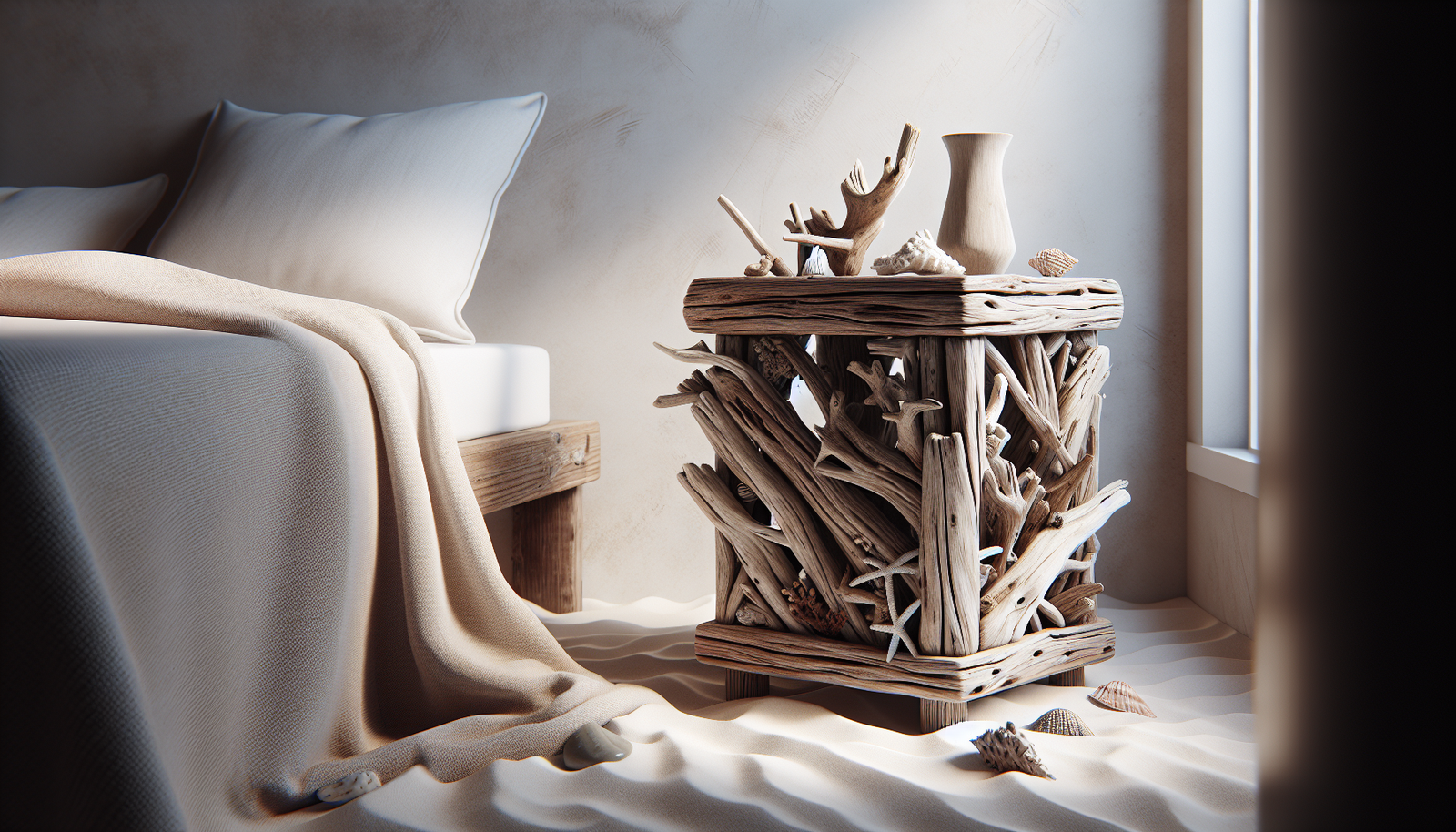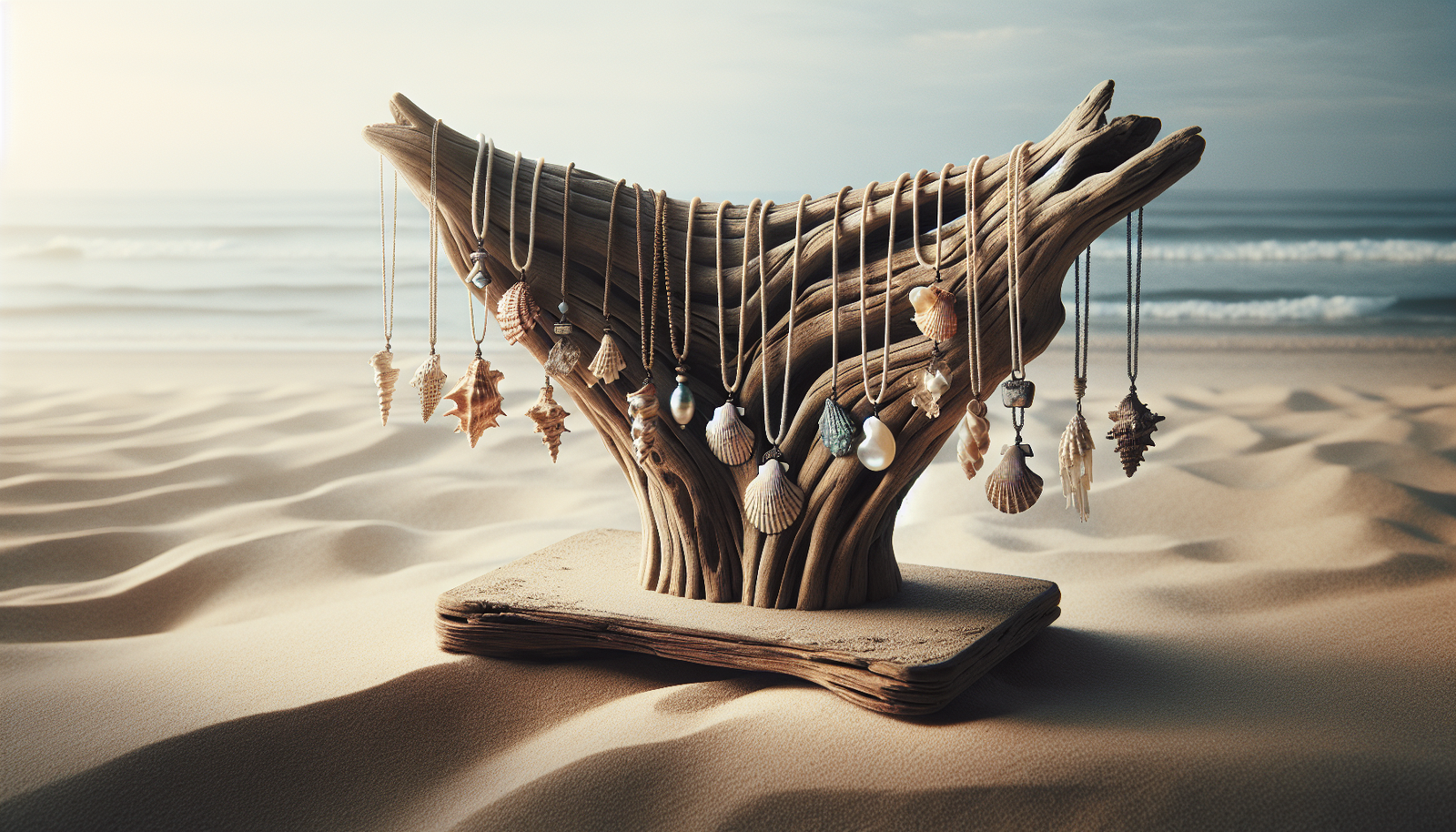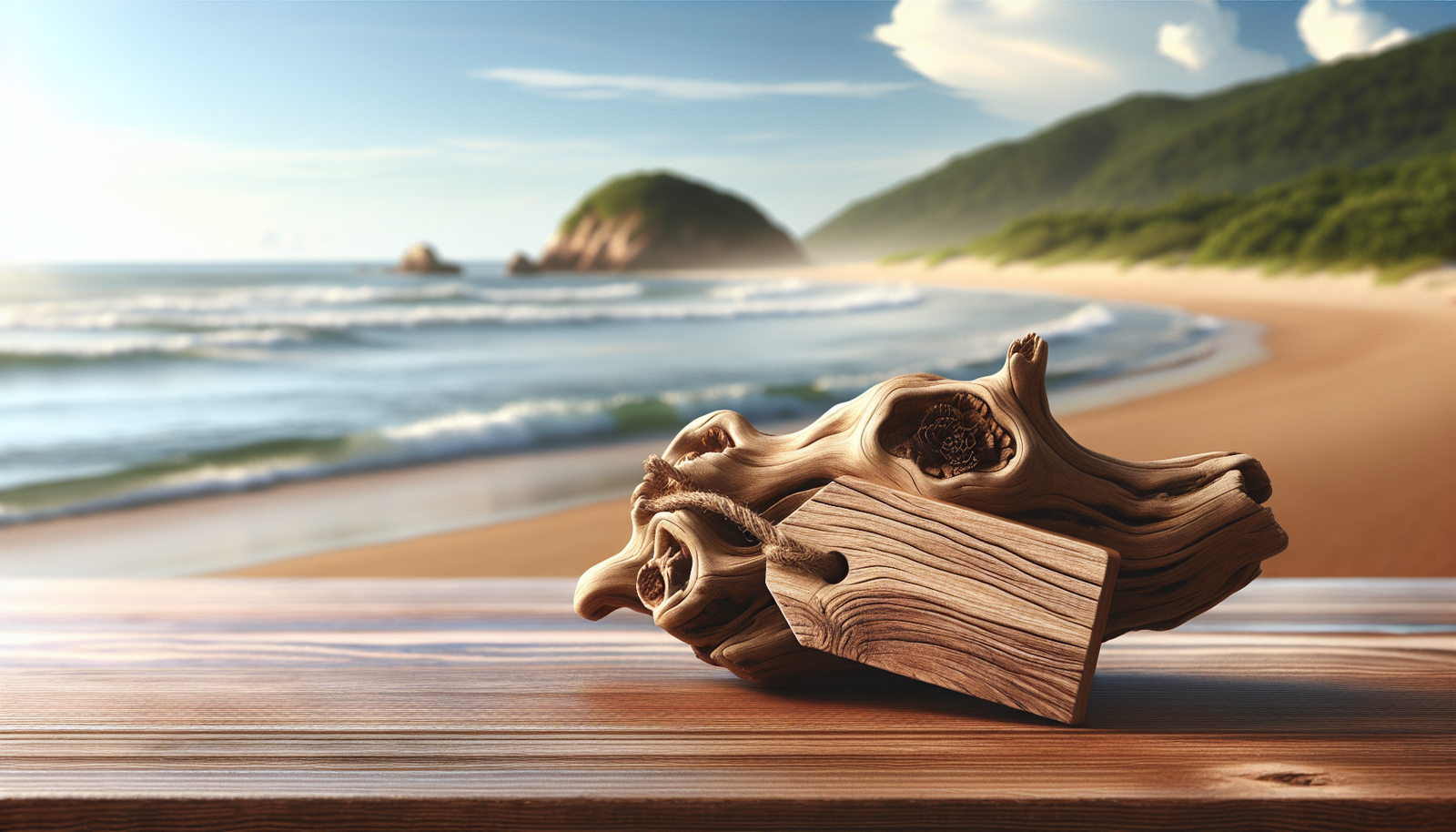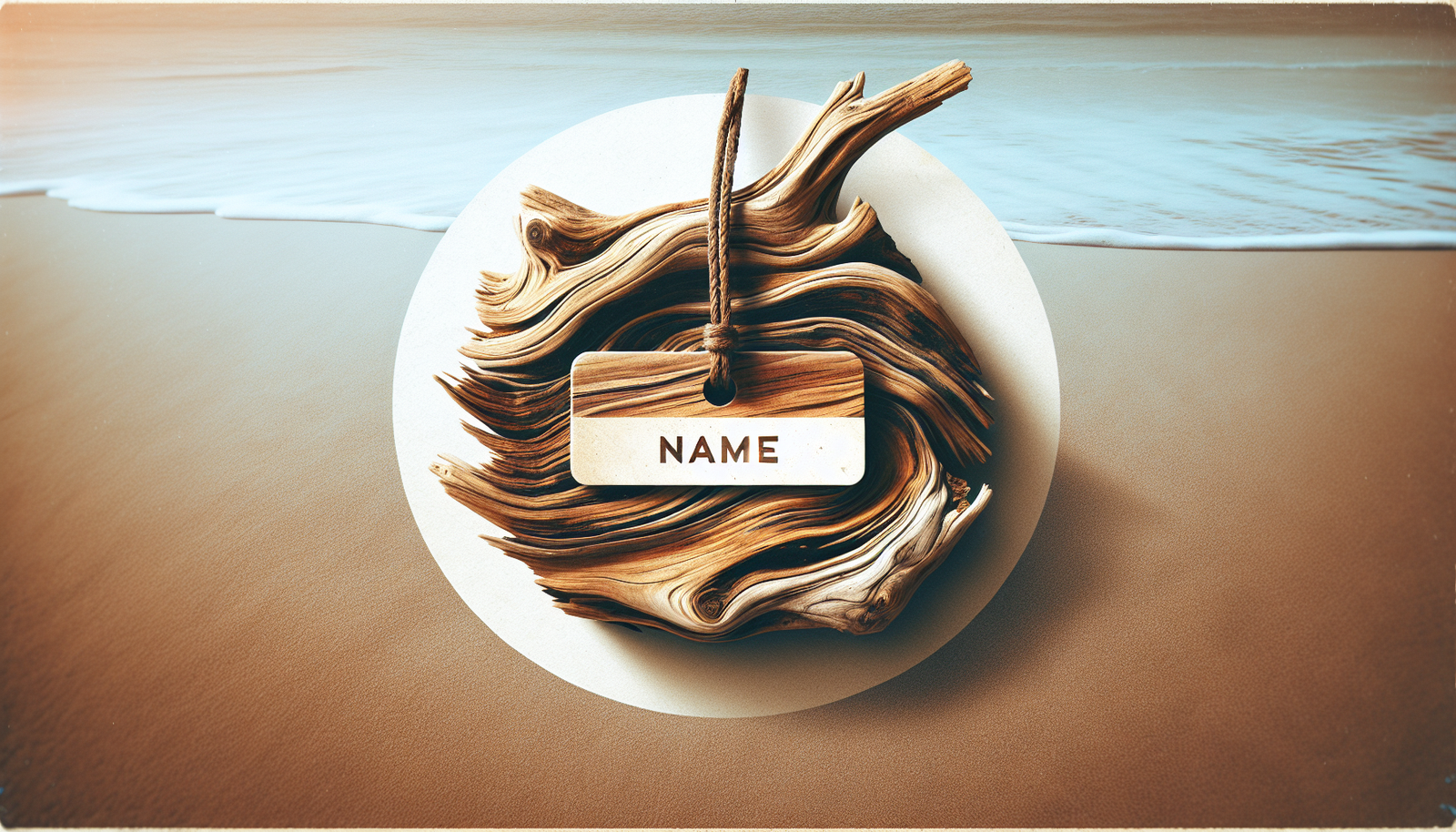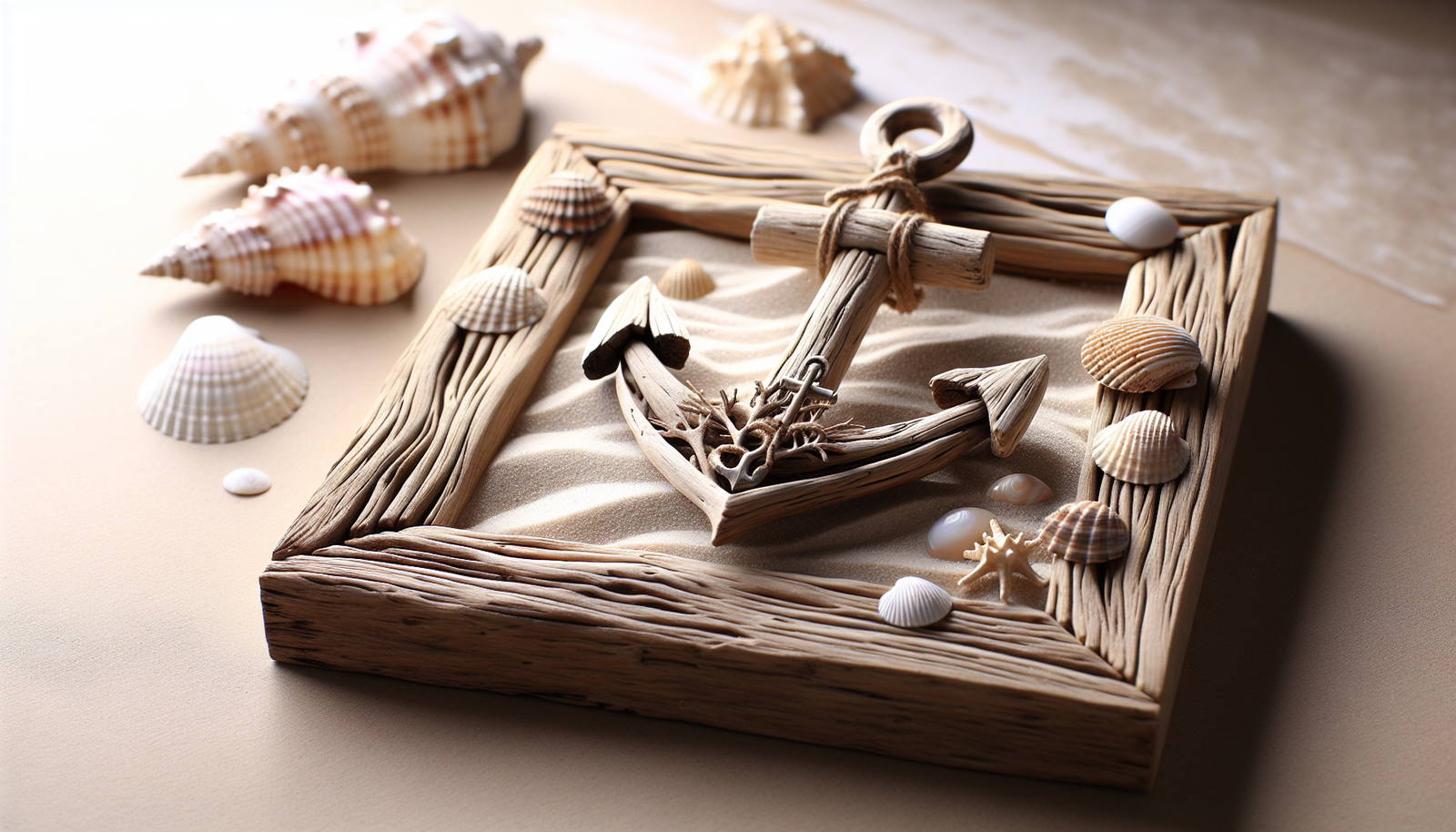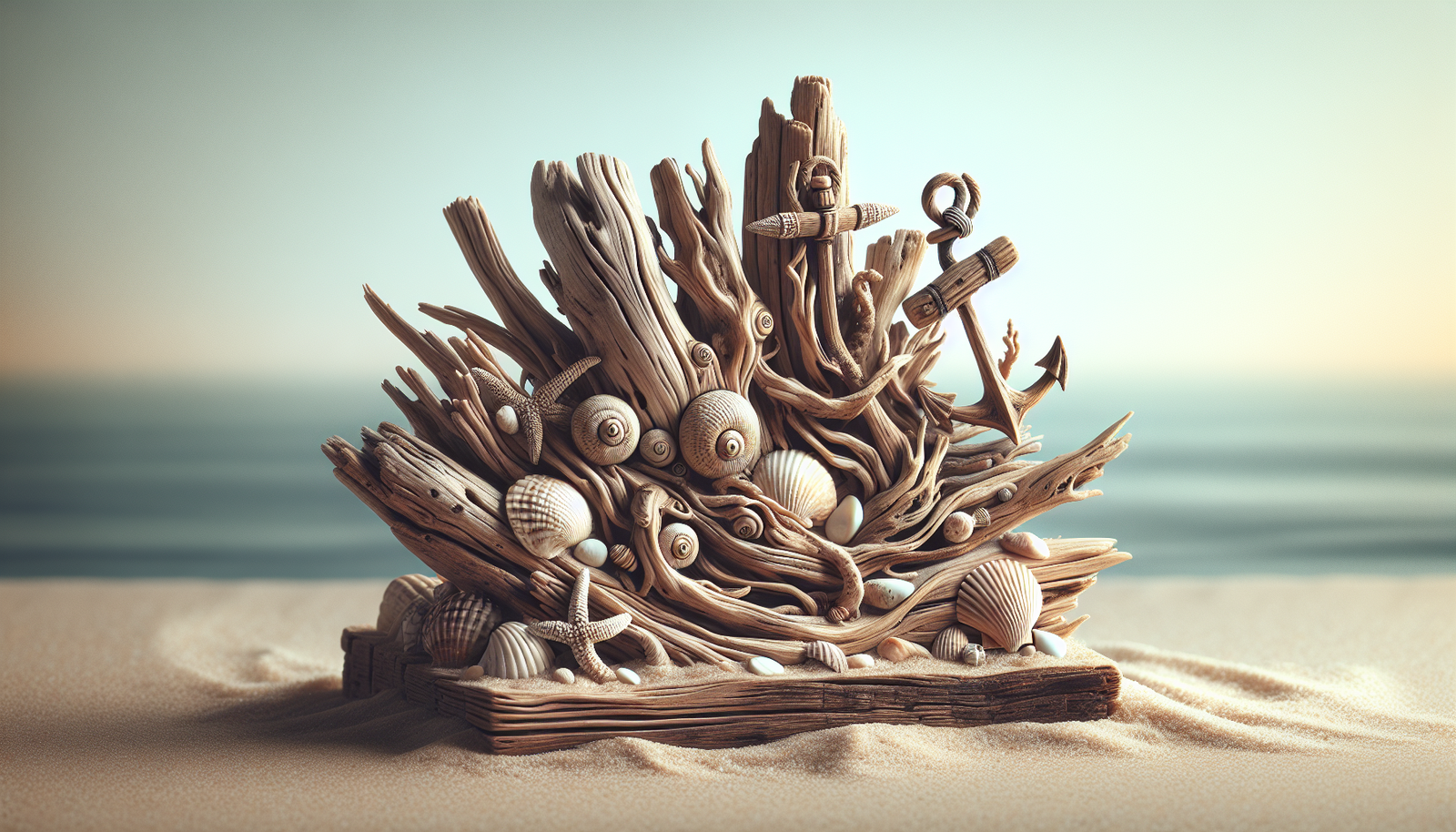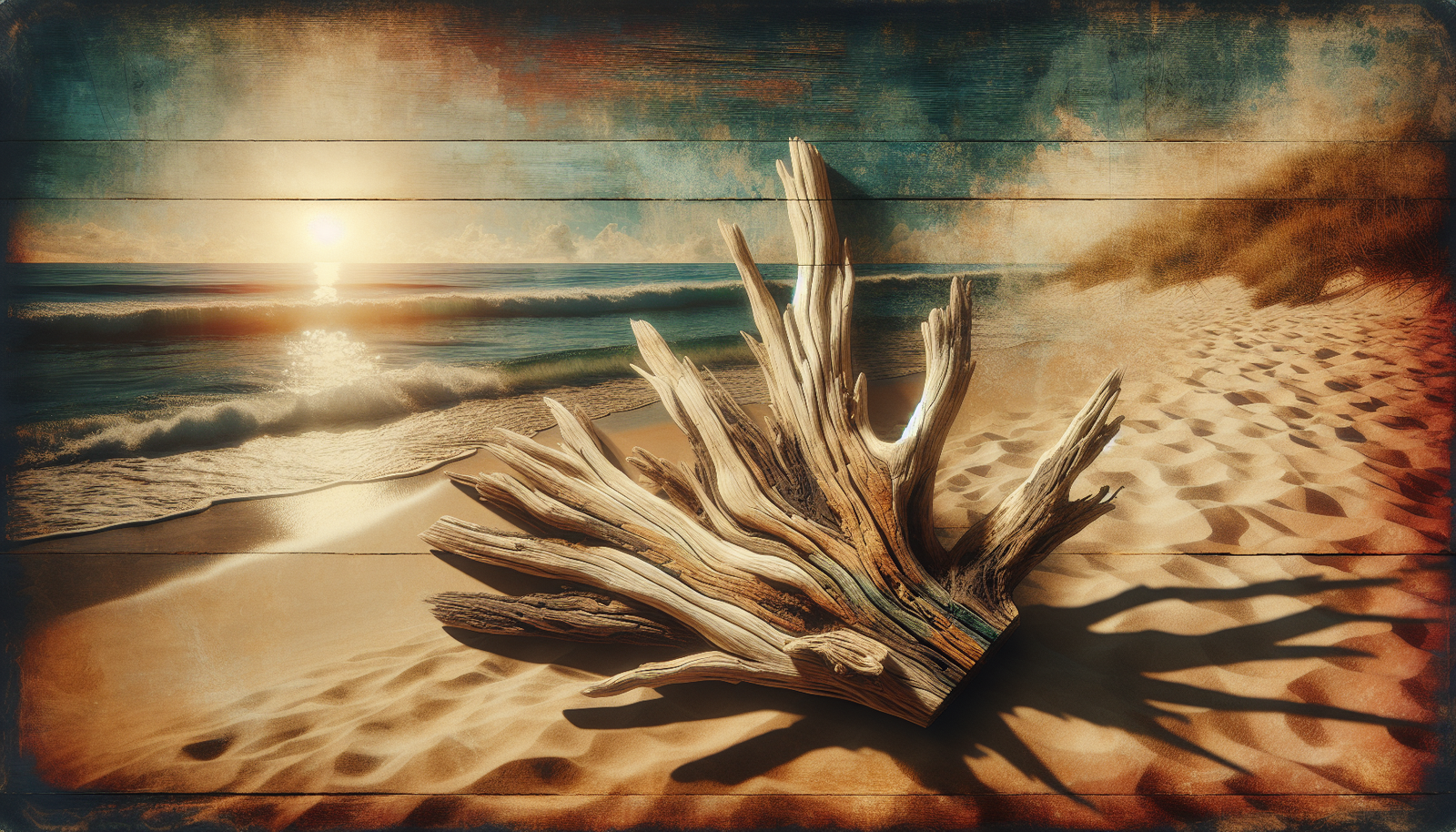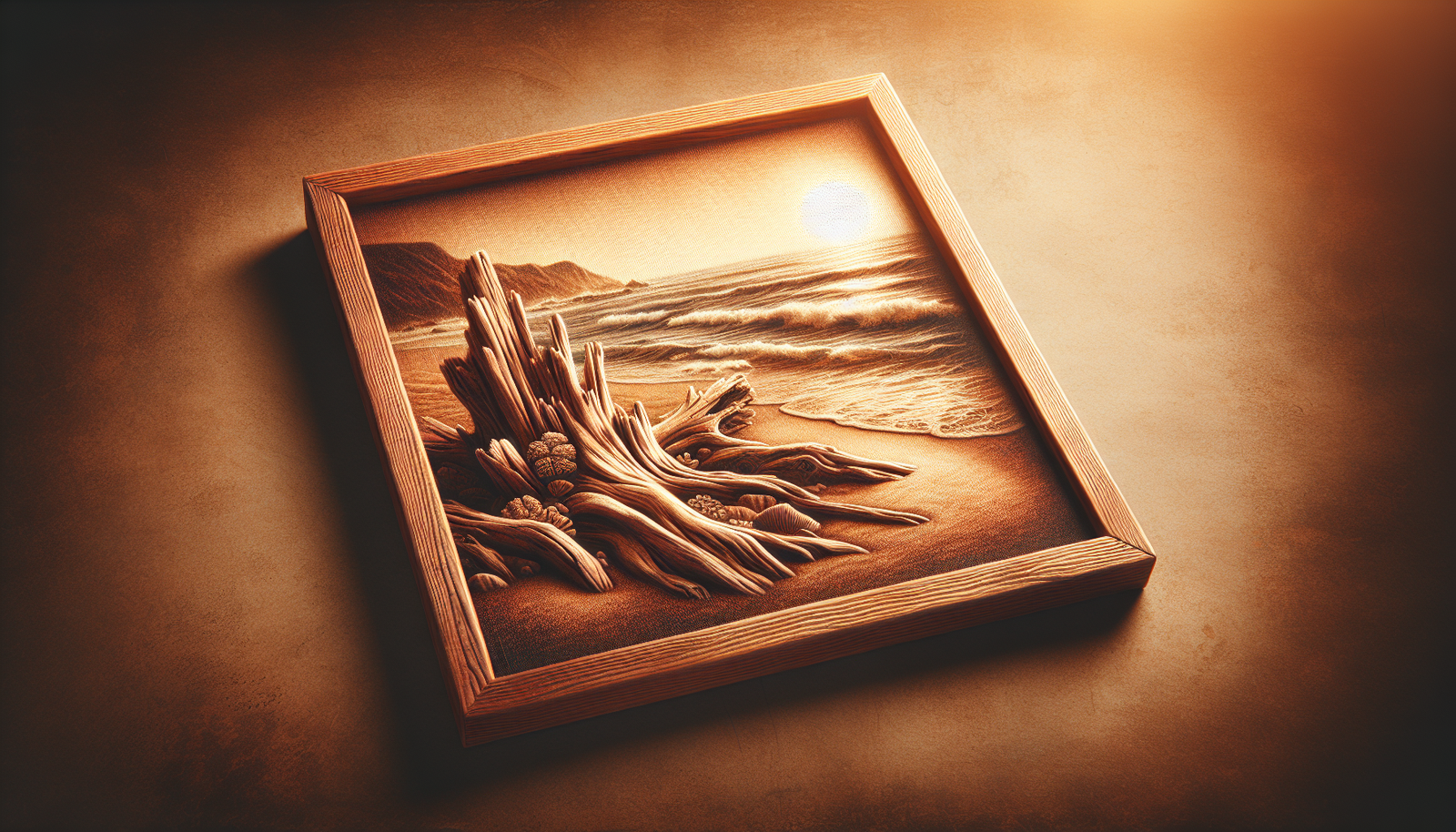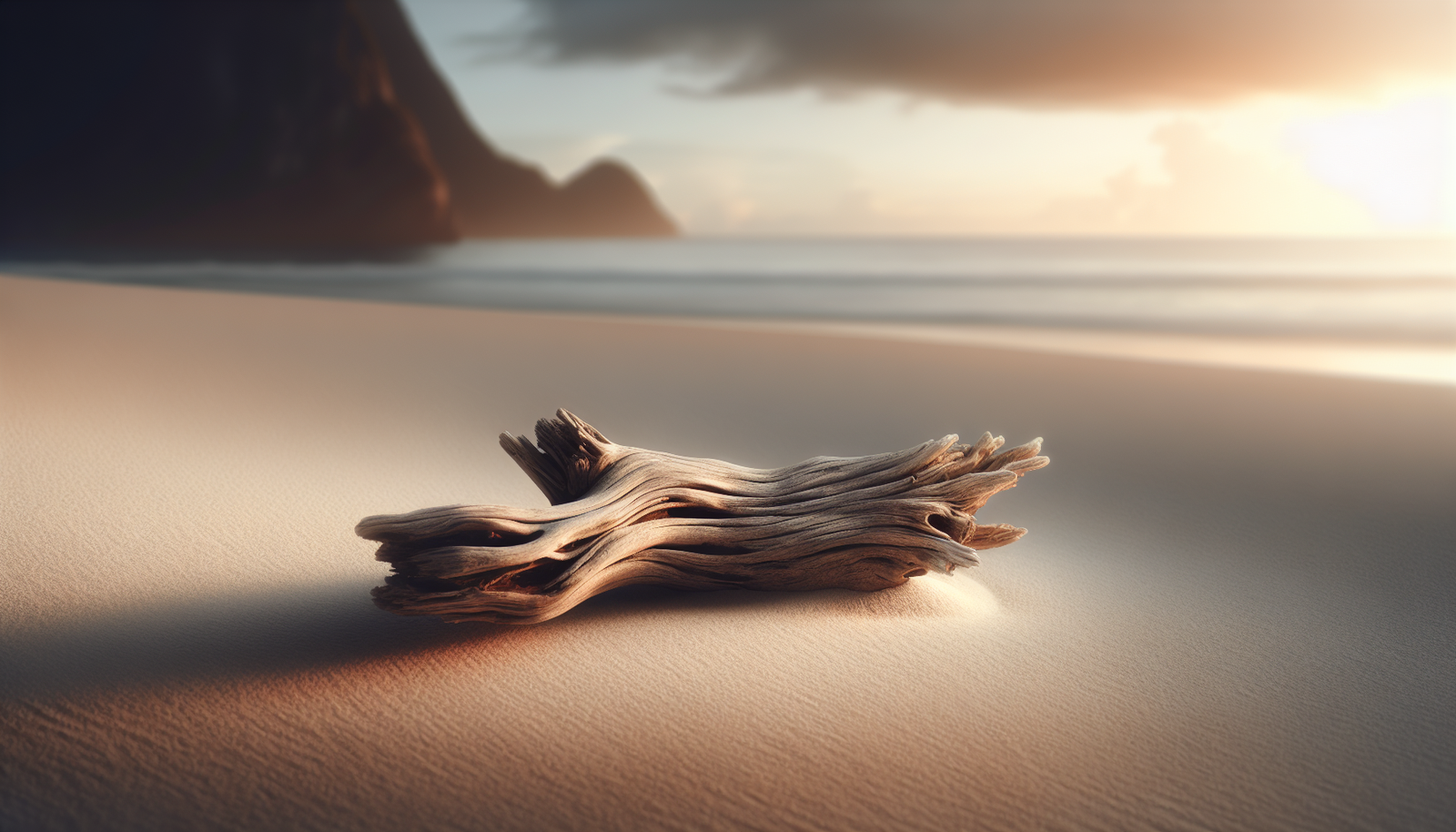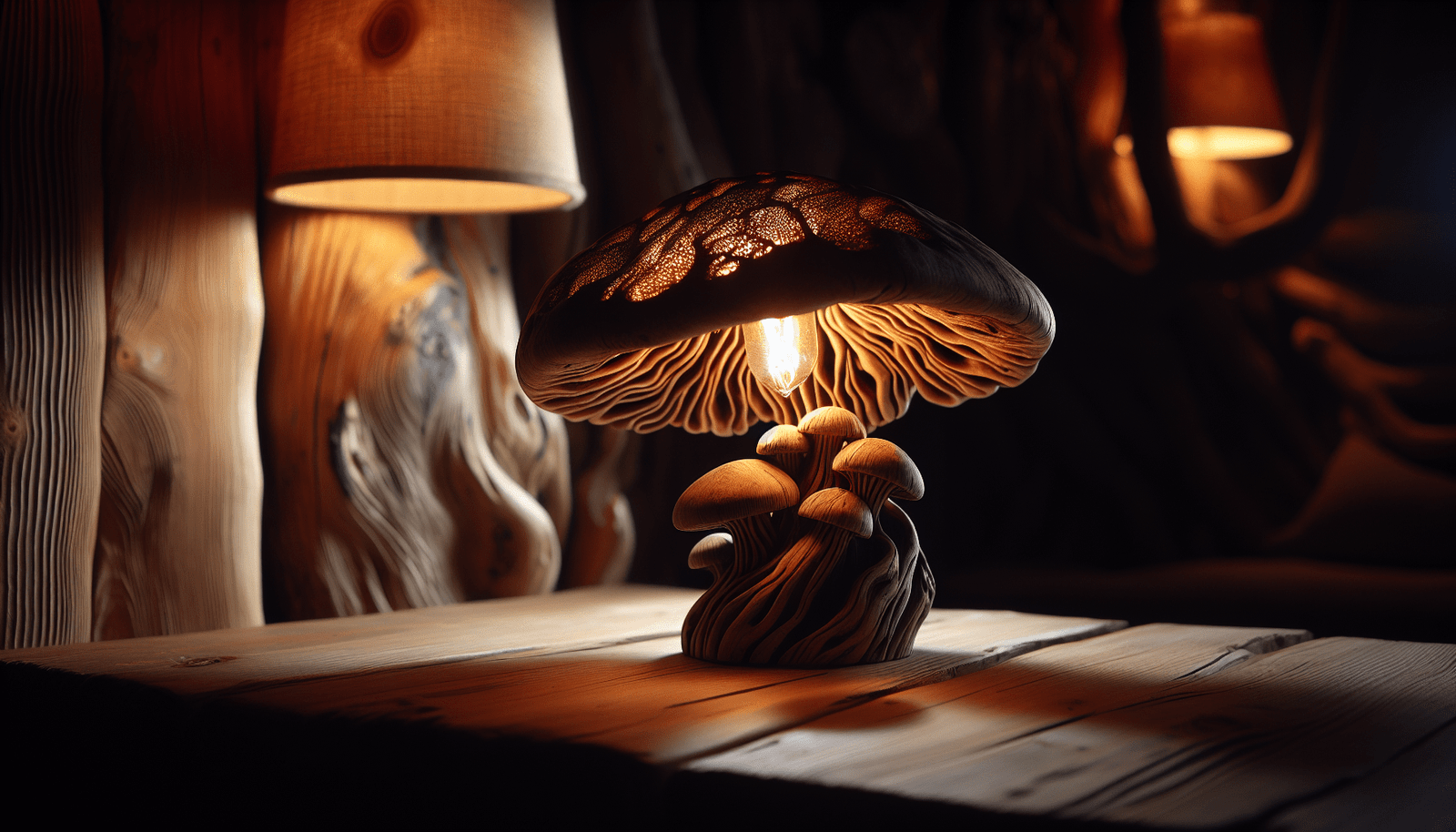Have you ever wondered how something as simple as driftwood can be transformed into a beautiful piece of art? Picture this: a majestic nutcracker crafted entirely from driftwood, sitting elegantly on your mantelpiece, sparking curiosity and admiration from everyone who sees it. In this article, we’re going to delve into the fascinating world of the “Driftwood Nutcracker,” a unique embodiment of nature, creativity, and tradition.
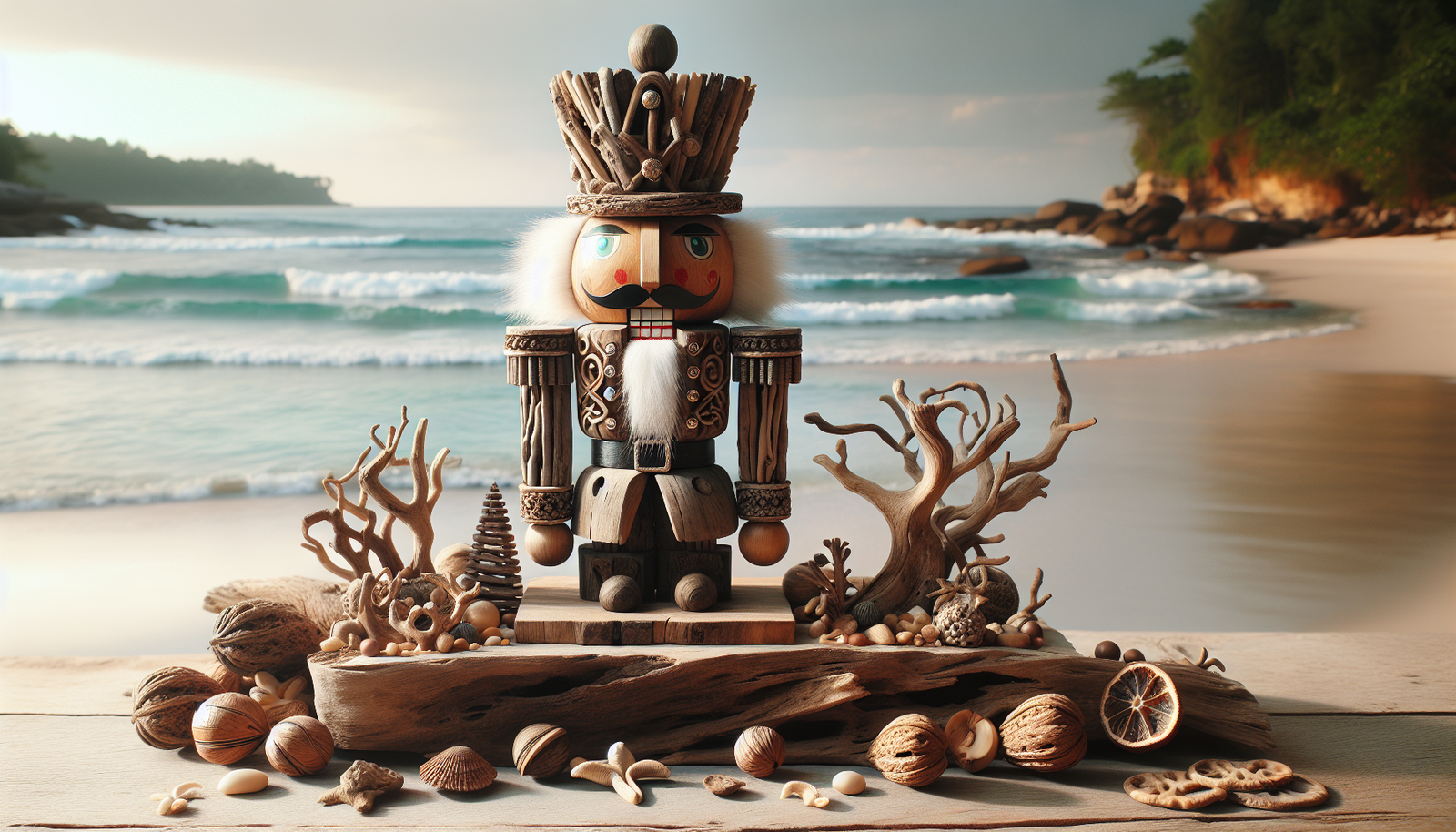
Understanding Driftwood and Its Charm
Driftwood is not just any wood; it’s a piece of nature’s artistry. These unique pieces of wood have been shaped and smoothed by the ocean’s tides before being washed ashore. What makes driftwood so captivating is its distinct texture, organic shapes, and the story it tells of its journey across the sea.
Each piece of driftwood carries a sense of mystery and a touch of the wild, which makes it an ideal medium for creative projects. The Driftwood Nutcracker capitalizes on this natural beauty, turning it into something both decorative and functional.
The History of Nutcrackers
Origins and Evolution
Nutcrackers date back to at least the 15th century, mainly in Europe. Traditionally, these were simple tools used to crack nuts open. However, as time passed, they evolved into ornate, decorative figures that depicted soldiers, kings, and other figures. The transformative journey from a utilitarian object to a decorative artifact is quite fascinating.
The Nutcracker Ballet and Its Influence
The Nutcracker further rose to fame with the popularity of Tchaikovsky’s “The Nutcracker Suite,” a beloved ballet that has enthralled audiences for over a century. This ballet popularized nutcracker figures, making them a staple during the holiday season.
Cultural Symbolism
Beyond their practical function, nutcrackers symbolize good luck and protection. Many cultures believe that nutcrackers ward off evil spirits, making them a cherished addition to holiday decor.
Creating a Driftwood Nutcracker
The Vision Behind the Creation
Imagine taking the rustic charm of driftwood and merging it with the classic nutcracker style. The result is a piece that honors tradition while embracing natural beauty. The irregular shapes and textures of driftwood make each nutcracker unique, adding an exclusive touch to your home decor.
Craftsmanship and Techniques
Selecting Driftwood: The first step in creating a driftwood nutcracker is finding the perfect pieces of wood. Each piece should have the right balance of strength and visual appeal.
Planning the Design: The craftsman designs the nutcracker by envisioning how the driftwood pieces will come together. This often requires a keen eye for detail and a creative imagination.
Assembling: This involves cutting, shaping, and fitting the driftwood together. It’s a meticulous process that requires precision and patience.
Finishing Touches: The final step is adding details such as facial features or clothing, often crafted from smaller pieces of driftwood or other natural materials to maintain an organic look.
Tools and Materials Involved
Creating a driftwood nutcracker requires specific tools and materials, including:
| Tool/Material | Purpose |
|---|---|
| Wood Saw | For cutting the driftwood to the desired size |
| Sandpaper | To smooth rough edges |
| Wood Glue | To securely attach pieces of driftwood |
| Carving Tools | For detailed work and adding features |
| Protective Finish | To preserve the nutcracker and enhance the wood’s appearance |
Why Choose a Driftwood Nutcracker?
Unique Aesthetic Appeal
Every driftwood nutcracker is a one-of-a-kind piece because no two pieces of driftwood are alike. This uniqueness gives your decor a personal touch, ensuring that your piece stands out.
Sustainable Art Form
Using driftwood in art promotes sustainability. It repurposes natural materials that might otherwise be overlooked, turning them into cherished keepsakes.
A Connection to Nature
A driftwood nutcracker brings a sense of the outdoors into your home, serving as a conversation piece that reflects the beauty and unpredictability of nature.

Styling Your Driftwood Nutcracker
Seasonal Decor
Most people associate nutcrackers with the winter holiday season. A driftwood nutcracker can be the perfect centerpiece for your mantel or dining table during festive times.
Year-Round Display
The natural elegance of driftwood makes it versatile; you can showcase a driftwood nutcracker year-round. It complements various home decor styles, from rustic to modern minimalist.
Incorporating Other Natural Elements
Consider pairing your driftwood nutcracker with other natural elements like pine cones, stones, or greenery to create a cohesive look that celebrates nature’s beauty.
Caring for Your Driftwood Nutcracker
Cleaning and Maintenance
To keep your driftwood nutcracker looking its best, dust it regularly with a soft cloth. Avoid using harsh chemicals that could damage the wood.
Preservation Tips
To preserve the driftwood’s natural texture, consider applying a light protective wax or oil. This will also enhance the wood’s appearance and keep it from drying out.
Environmental Considerations
When sourcing driftwood, it’s essential to consider the environment. Ensure the driftwood is collected sustainably and legally, respecting protected areas and marine ecosystems.
The Charm of Handcrafted Art
Supporting Artisans
Purchasing or creating a driftwood nutcracker is an excellent way to support local artisans and small businesses. Each piece sold is a testament to craftsmanship and artistic expression.
The Joy of Handmade
There’s something inherently special about owning a handcrafted item. Knowing that your driftwood nutcracker was made with skill and creativity adds a layer of appreciation and enjoyment to its presence in your home.
Where to Find Driftwood Nutcrackers
Artisan Markets
Local artisan markets are a treasure trove for unique handmade items, including driftwood nutcrackers. This is an excellent opportunity to meet the artists and learn more about their process and inspiration.
Online Craft Platforms
Websites that specialize in handmade goods often feature driftwood creations. This offers the convenience of browsing a variety of artworks from the comfort of your home.
Custom Made Options
If you’re looking for something specific, consider commissioning an artist to create a custom driftwood nutcracker tailored to your preferences.
Driftwood Nutcracker: A Personalized Gift
A Thoughtful Present
A driftwood nutcracker makes for a unique and thoughtful gift. It’s perfect for those who appreciate art, nature, and handcrafted items, and it is sure to be appreciated by anyone with a love for unique decor pieces.
Celebrating Occasions
Whether it’s a holiday, birthday, or housewarming, the gift of a driftwood nutcracker can add a touch of creativity and elegance to any celebration.
Personalizing Your Gift
For a personal touch, consider adding a customized message or incorporating elements that reflect the recipient’s personality and style.
Conclusion
By now, you can see that a driftwood nutcracker is more than just a decorative item; it’s a fusion of history, nature, and artistry. It tells a story of transformation—not just from driftwood to nutcracker, but of how art can breathe new life into everyday materials. Whether you choose to make one yourself or purchase a handcrafted piece, a driftwood nutcracker is sure to add charm, beauty, and conversation to your home. Embrace the magic of these enchanting figures and let them be a testament to the timelessness of creativity and the natural world.
